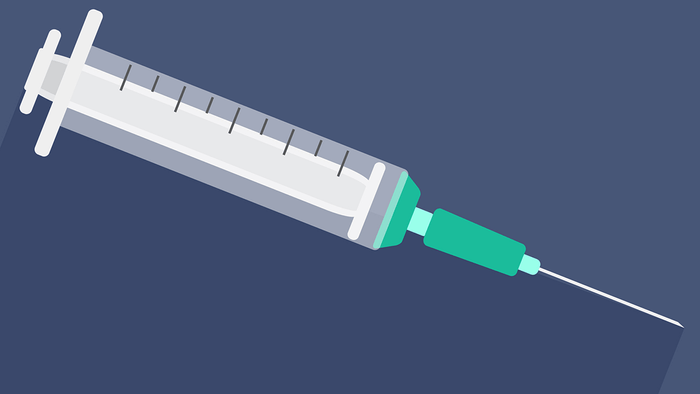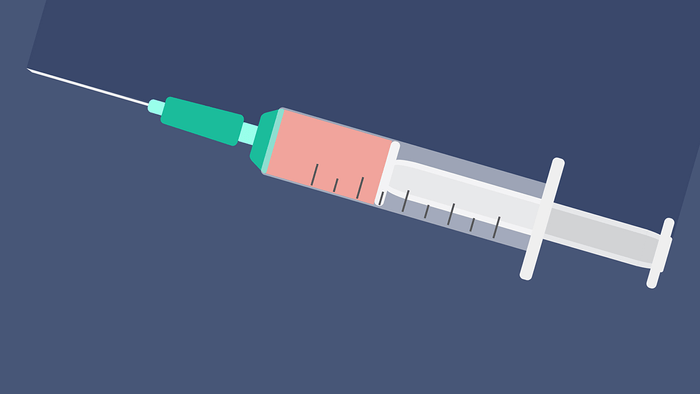
Want to try injectable fillers?
Non-surgical procedures like injections of Botox and dermal fillers have become popular for women in their 20s and early 30s, according to the American Society for Aesthetic Plastic Surgery. It’s a trend that will likely continue. A survey of more than 800 Canadian women by Leger Marketing in 2015 found that one in four was open to getting an injectable treatment, and 34 per cent considered injectables to be an everyday procedure akin to teeth whitening and hair colouring.
How fillers work
Second in popularity to Botox in non-invasive anti-aging procedures, fillers add volume to the face, usually by filling in wrinkles and lines, and sometimes by plumping up areas of the face that have lost fat pads (such as the cheeks, under-eye area and temples), explains Calgary dermatologist Dr. John Arlette.
Most patients who see Vancouver dermatologist Dr. Frances Jang for dermal fillers start treatments in their 30s, 40s or 50s, but patients range in age from their 20s up to their mid-80s.
The subtle improvement that dermal fillers can provide is a selling point for many. “Patients say they don’t want to look dramatically different,” says Jang.
Treatment takes as little as 20 minutes, and in some cases you can see immediate results. Jang cautions about expectations, though.
“Patients in their 50s or older sometimes opt for dermal fillers because they’re opposed to a facelift or don’t want to spend the time or the money,” she says. But by that age, “[fillers can’t] give you the same end result as a facelift if there’s too much skin laxity and volume loss.”
First-generation dermal fillers, introduced in the early to mid-1980s, were made of animal collagen. They had to be topped up every three months and required a patch test first because they caused allergic reactions in about three percent of patients. But those have given way to a range of new formulations. And some doctors now inject with cannulas (tubes with a blunt tip) rather than needles, an innovation that has reduced pain and discomfort, according to Toronto dermatologist Dr. Benjamin Barankin.
What can go wrong when you try injectable fillers
Dermal filler injections should be administered by a physician, or a nurse under a physician’s direction.
When considering your options, ask who will administer the filler, what kind of training or credentials they have, and how many procedures they have done in the past – more is better. “You want someone who will listen to you, has been doing it for a long time and has a good reputation,” says Jang.
Among the more common complaints? That results either aren’t visible, or that too much filler was used (resulting in a pillowy or lopsided-looking face), lumps or bumps in the skin, and bruising.
Lips can be tricky, too, says Barankin. Too much filler or the wrong type can leave you with “duck lips.” Opt for a doctor who takes it slow, he says. “You can always add more filler later if it wasn’t enough.”
Although the new generation of dermal fillers is far less likely to prompt an allergic reaction, there is still a risk of that and other side effects. Ask your doctor beforehand about possible side effects and risks of the procedure, and what you should do if they occur.
Health Canada reports incidents of pain, bruising, redness, swelling, nodules (raised bumps), abscesses, infection, skin discoloration and hyper-pigmentation. There can be lumpiness from improper placement of the material.
When to steer clear of injectables
Health Canada advises postponing a dermal filler treatment if you have inflamed or infected skin, or pimples, cysts, rashes or hives. Do not try injectable fillers if you have a bleeding disorder, a tendency to excessive scarring or a history of severe allergies, particularly those marked by anaphylactic shock.

Injectables options: A cheat sheet
Not sure if you should try injectable fillers? Here’s a breakdown of the different types available.
Hyaluronic acid (HA) fillers (brand names include Juvéderm and Radiesse)
By far the most commonly used fillers, these are used in the lips and under the eyes, to fill facial wrinkles, on acne and post-surgery scars, and to fill creases. They can be used on their own or in conjunction with Botox to soften the lines between the eyebrows, says Arlette.
HA naturally occurs in the middle layer of your skin, keeping it plump and elastic. Although HA fillers are synthetically produced, the substance is nearly identical to the HA we produce naturally.
Juvéderm
The fillers come in various formulations so doctors can target specific areas. More viscous (thicker) versions, such as Juvéderm Voluma, recontour the face, and lift and sculpt cheekbones, chin, temples and even the nose.
The pros: Results are immediate (and if you don’t like what you see, there’s an injectable “eraser” called hyaluronidase). It lasts from 12 to 16 months.
The cons: It doesn’t last as long for lips (five to six months). Also, “there’s a reasonable chance you could have a bit of bruising,” says Jang, especially if you have had injections around the mouth.
Radiesse
Made of tiny calcium-based crystals suspended in a water-based gel, it is used in the mid-face area, often for deep smile lines. The beads initially plump up the target areas, but also stimulate your body to produce its own collagen for a longer-term effect.
The pros: Radiesse typically lasts 12 to 18 months.
The cons: It can’t be used in thin skin around eyes and lips (where its crystals can sometimes be visible). It’s not reversible, so if you’re not happy with the results, you have to wait until it dissipates.
Sculptra aesthetic
Sculptra is a “stimulatory filler,” meaning it encourages skin to produce its own collagen over time. It is made of poly-L-lactic acid – the same material used in dissolvable stitches.
The pros: Results can last two years or more.
The cons: You need a minimum of three treatments over several months and you won’t see a change for three to five months. It’s not reversible.
Platelet-rich plasma therapy (for example, The Selphyl System)
Platelet-rich plasma therapy is less commonly used than the ones mentioned above. Introduced in 2009, it treats wrinkles, crow’s feet, scars, and neck and under-eye crepiness.
Doctors draw your own blood into a test tube and put it through a centrifuge to separate the platelets and fibrin from the blood cells. They then inject the platelets into your skin to trigger the growth of collagen and cells.
The pros: Since it is your own blood, it’s bio-compatible. Results can last a year.
The cons: It takes two to six weeks to see an improvement, and it takes a few treatments. It’s not reversible, says Arlette.
Autologous fat transfer
Also less commonly used, autologous fat transfer is a technique that has been around since the 1980s. Doctors extract fat from your thighs, buttocks or flanks, process it and then inject it as a filler.
The pros: Using your own fat eliminates the risk of allergic reaction or rejection by the body. It lasts six months minimum.
The cons: It’s more time-consuming and expensive because you have to undergo liposuction (to extract the fat). Not all the live fat cells will survive the transplant. There’s potential for swelling, discomfort and lumpiness. And it’s not reversible, says Arlette.
Non-surgical aesthetic treatment
Restylane Skinboosters
Instead of “filling” the skin, restylane skin boosters use hyaluronic acid for even texture. This injectable gel hydrates the skin from within, to help improve the appearance of skin, including elasticity and overall smoothness. Toronto dermatologist Dr. Lisa Kellett says she uses it on patients of all ages – from the early 20s to the late 70s. The injections can be applied to the jawline, lower cheek, upper neck and back of the hands.
The pros: Suitable for a variety of skin types, this three step treatment program can either be used on its own or to compliment a current aesthetic treatment plan. Results may last up to six months.
The cons: It may take a few sessions to see results, and the injections must be maintained for continued results.
This post was originally published in Nov., 2017.
